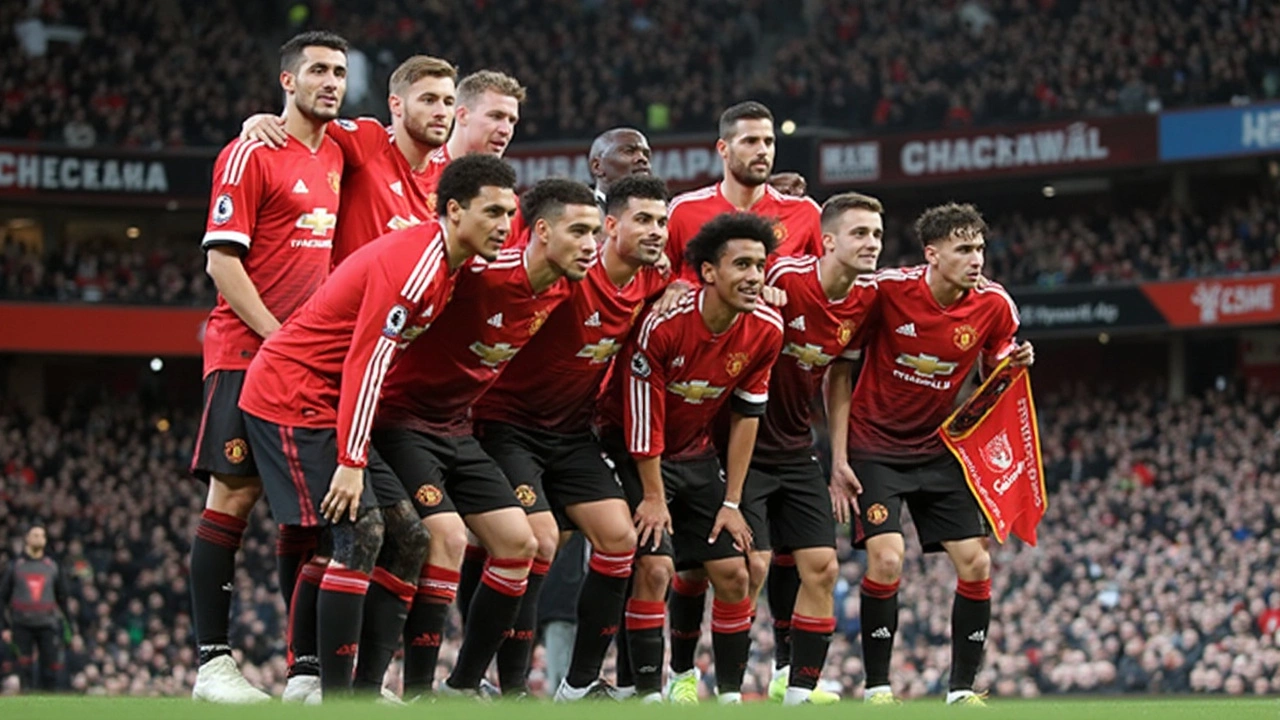Injuries – Understanding, Preventing, and Recovering in Soccer
When dealing with injuries, any damage to muscles, joints, or bones that stops a player from performing at their best. Also known as sports injuries, it can happen in a split second during a tackle, a sudden sprint, or even a routine training drill. Knowing the basics helps you spot trouble early and act fast, so the setback stays short.
One of the most talked‑about soccer injury, a strain, sprain or tear that occurs while playing football is the hamstring pull. A hamstring strain usually shows up as a sharp pain in the back of the thigh, followed by stiffness. If you ignore it, the tissue can tear deeper and force weeks of missed games. A simple injuries fact: the quicker you apply ice, compression and elevation, the better the muscle heals and the less scar tissue forms.
Another key piece of the puzzle is rehabilitation, the structured program of exercises, therapy and rest that restores function after an injury. Rehab isn’t just about getting back on the pitch; it’s about rebuilding strength, flexibility and confidence. A good rehab plan mixes low‑impact cardio, targeted strength work, and mobility drills. Players who skip the gradual increase in load often re‑injure the same spot, turning a one‑off problem into a chronic issue.
Prevention plays a huge role, too. preventive training, specific warm‑ups and conditioning routines aimed at reducing injury risk can cut the odds of a strain by up to 30 percent, according to recent sports science studies. Think of dynamic stretches, agility ladders, and core stability work as insurance before a match. When players commit to these routines, they improve joint alignment and muscle activation, which directly lowers the chance of a twist or impact turning nasty.
Key Factors and Common Types of Injuries in Soccer
There are three big categories that shape any injury discussion: contact‑related trauma, overuse damage, and sudden‑burst injuries. Contact trauma includes broken bones, dislocated shoulders, or head knocks. Overuse damage shows up as tendinitis, shin splints, or chronic knee pain from repetitive kicking. Sudden‑burst injuries are the quick, explosive pulls like an ACL tear during a change of direction.
ACL (anterior cruciate ligament) tears are the headline‑grabbers because they often need surgery and months of rehab. The typical scenario is a player planting one foot while the other twists, creating a shearing force on the knee. Recovery can span six to nine months, but when athletes follow a disciplined rehab protocol—including strength, balance and neuromuscular training—their return‑to‑play rates climb above 80 %.
Concussions, while less visible, demand immediate attention. A head impact that causes dizziness, blurred vision or memory loss should trigger a strict return‑to‑play protocol. Modern guidelines recommend a stepwise progression: symptom‑free rest, light aerobic activity, sport‑specific drills, non‑contact practice, and finally full competition. Skipping any step increases the risk of prolonged symptoms and future brain injury.
Muscle strains—especially in the quadriceps and calf—are baseline complaints after a hard sprint. They rank high on the injury list because they’re easy to cause and easy to overlook. Early signs include a tight feeling, mild swelling, and reduced range of motion. The RICE method (Rest, Ice, Compression, Elevation) works best in the first 48 hours, followed by gentle stretching and progressive loading.
Joint sprains, most commonly to the ankle, often result from an awkward landing. An ankle sprain can involve stretching of the ligaments on the outer side (lateral sprain) or the inner side (medial sprain). Proper taping or bracing during matches can protect vulnerable ankles, especially for players with a history of recurring sprains.
Beyond the physical, mental resilience is a hidden factor. Players who stay engaged with their team, watch game footage, and set small rehab goals often bounce back faster. A supportive environment—coaches, physios, and teammates—creates a positive feedback loop that boosts compliance with rehab exercises.
Summing up, injuries are an inevitable part of soccer, but they don’t have to end a season or a career. Understanding the types, applying preventive training, and committing to structured rehabilitation turn a setback into a stepping stone. Below you’ll find a curated mix of news, analysis and practical guides that dive deeper into each of these topics, from the latest ACL research to simple hamstring warm‑up drills. Browse the collection to see how you can protect yourself, speed up recovery, and stay match‑ready all year long.
